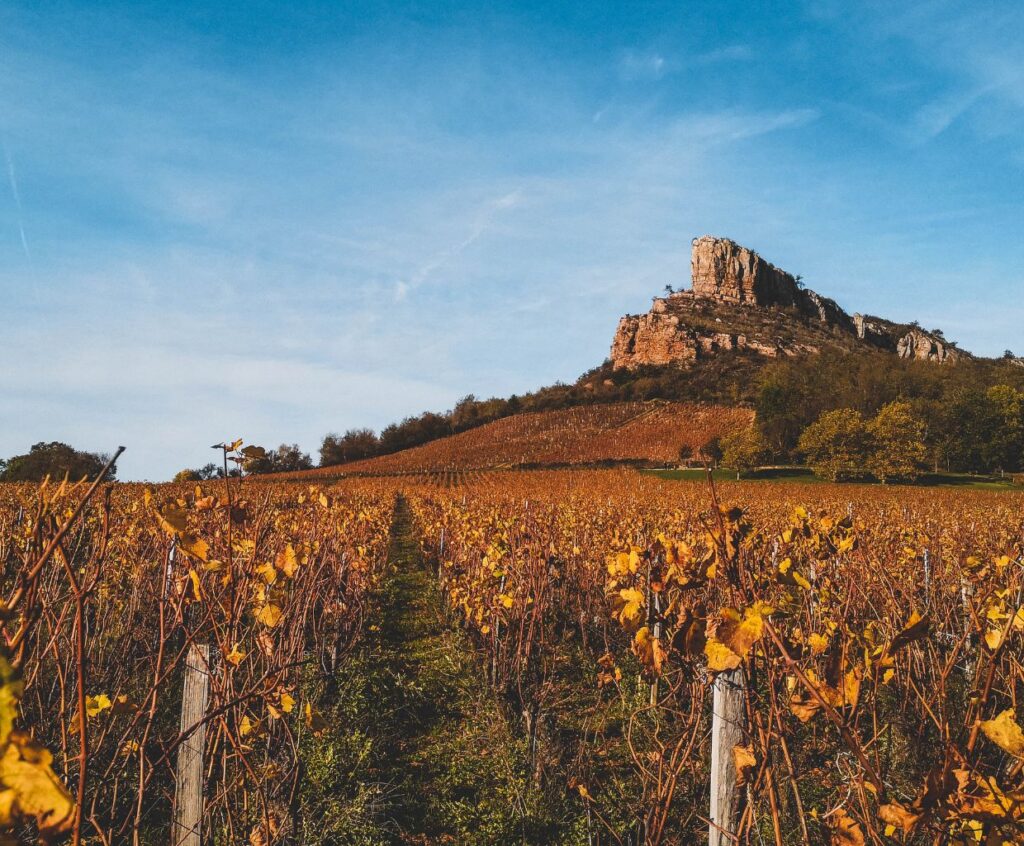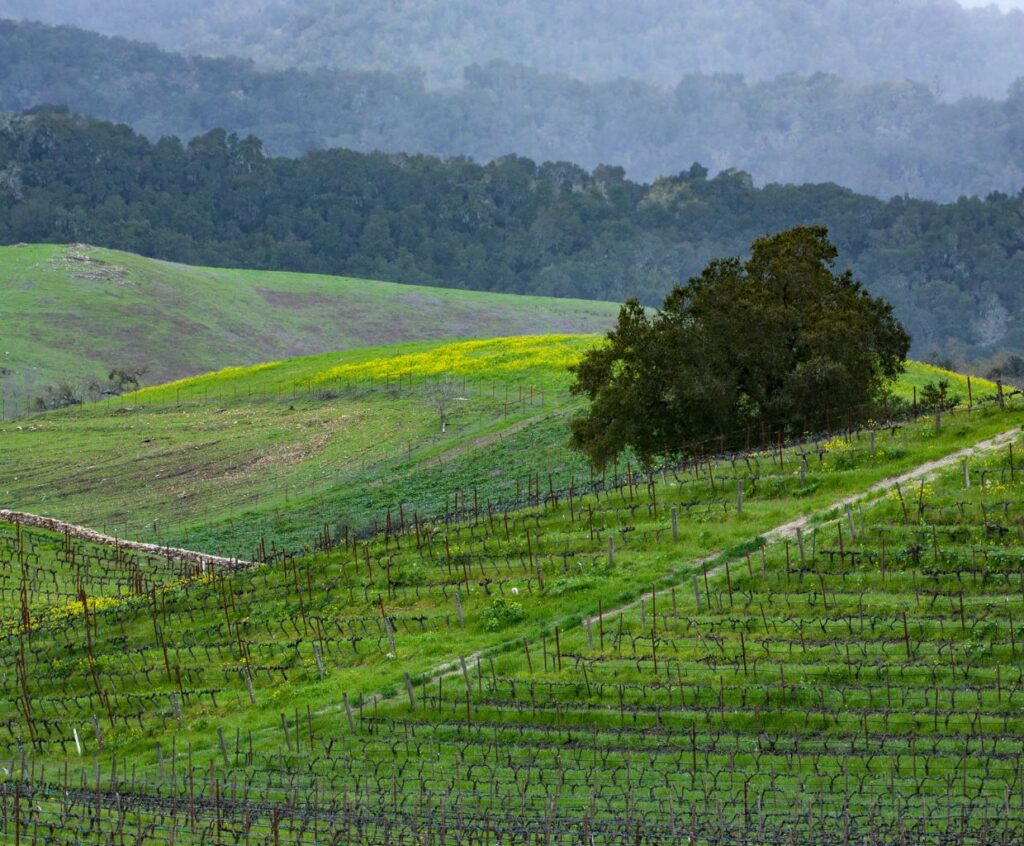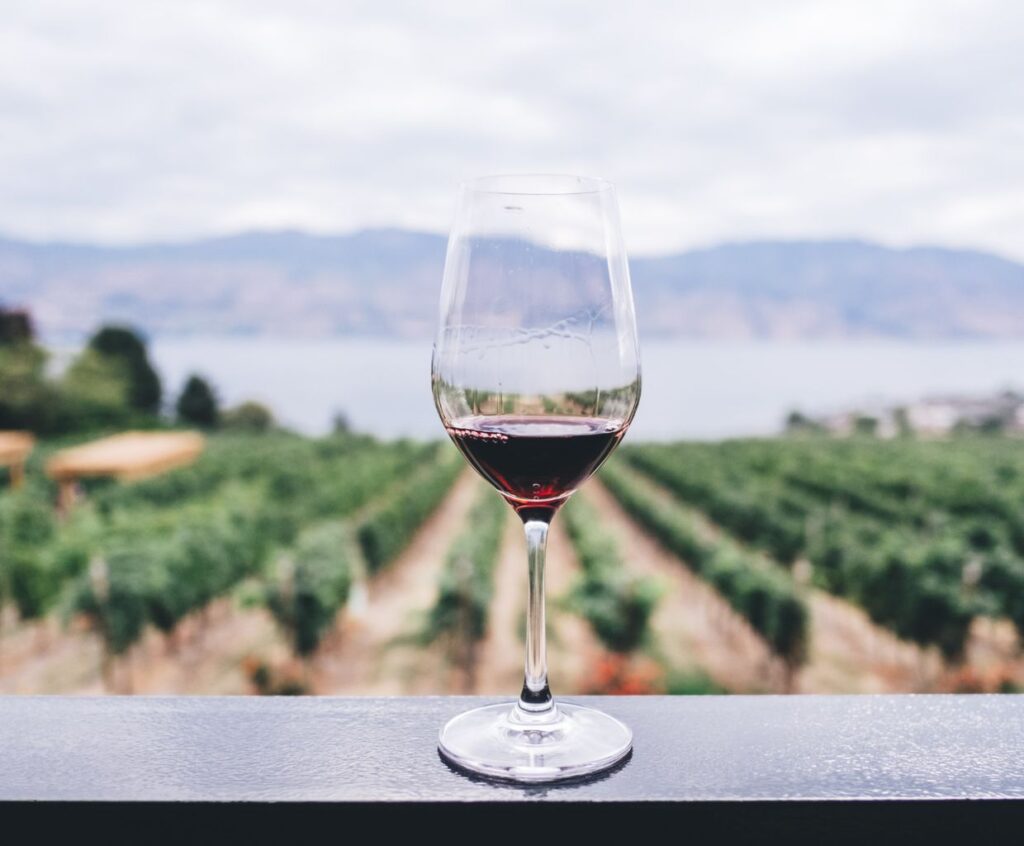Discovering the Origins of Wine: Where Wine is Made Around the World
Welcome, wine enthusiasts! Are you curious about the fascinating origins of the divine elixir we all know and love? Join us on a virtual journey as we explore the diverse wine regions worldwide and learn about the rich history of winemaking.
From ancient civilizations to modern vineyards, wine has woven its way into the fabric of human culture, and we will uncover the secrets behind its creation.
Europe: The Old World
When we think of wine, our minds often wander to the picturesque vineyards of Europe. This continent boasts some of the world’s oldest and most renowned wine regions. From the rolling hills of Tuscany, where Sangiovese grapes are transformed into luscious Chianti, to the sun-drenched vineyards of Bordeaux, the birthplace of elegant red blends, Europe is a treasure trove for wine lovers.
France
Let’s start our exploration in the land of terroir and tradition – France. This country is home to some of the most celebrated wine regions, including Champagne, Burgundy, and Bordeaux. The Champagne region, located in northeastern France, produces the world-famous sparkling wine that is synonymous with celebration and luxury.
In Burgundy, Chardonnay and Pinot Noir grapes thrive, resulting in exquisite white and red wines revered by connoisseurs. On the other hand, Bordeaux is renowned for its Bordeaux blends, which combine Cabernet Sauvignon, Merlot, and other grape varieties to create complex and age-worthy wines.
Italy
Italy, the birthplace of pizza and pasta, is also esteemed in the wine world. From the rolling hills of Tuscany to the sun-kissed island of Sicily, Italy’s diverse climate and terroir provide the perfect conditions for grape cultivation.
The iconic regions of Chianti, Piedmont, and Veneto produce a wide array of mouthwatering wines, ranging from bold Barolos to elegant Chianti Classicos. Let’s thank the Italians for their incredible contributions to the world of wine!
The New World: Beyond Europe
The wine world didn’t stop evolving with Europe. In recent centuries, wine production has spread to various corners of the globe, giving birth to a vibrant New World wine scene. Let’s hop on the continents and explore some standout regions outside of Europe.
United States
From the vineyards of Napa Valley in California to the vast landscapes of Washington State, the United States has firmly established itself as a wine powerhouse. California is synonymous with top-quality wines, producing everything from rich Cabernet Sauvignons to vibrant Chardonnays.
In addition, California, Oregon, and Washington State have emerged as formidable players in the American wine industry, specializing in cool-climate varietals like Pinot Noir and Riesling.
Australia
Australia has been making waves with its bold and fruit-forward wines. The vast vineyards of Barossa Valley, Clare Valley, and Margaret River have become household names, known for their Shiraz, Cabernet Sauvignon, and Chardonnay.
Australian winemakers have embraced innovation, pushing boundaries and capturing the hearts of wine enthusiasts worldwide.
How do the local climate and soil composition affect the quality and characteristics of wine in various wine-producing regions?
The local climate and soil composition play a crucial role in shaping the quality and characteristics of wine in different wine-producing regions. Here are some key factors:
1. Climate: The climate, including temperature, sunlight exposure, rainfall, and humidity, significantly influences grape development and ripening. Cooler climates produce grapes with higher acidity and less sugar, resulting in lighter-bodied wines. Conversely, warmer climates yield riper grapes with higher sugar content, leading to fuller-bodied wines. The climate also affects the wine’s overall flavor profile, aroma, and balance.
2. Soil Composition: The type and composition of the soil impact the vine’s ability to absorb water and nutrients, directly affecting grape quality. Different soils, such as clay, sand, limestone, or volcanic ash, impart unique characteristics to the grapes. For example, clay soils retain water, promoting higher grape yields but potentially diluting flavor intensity. Conversely, rocky or well-drained soils force the vine’s roots to delve deeper, resulting in lower yields but more concentrated flavors.
3. Terroir: Terroir combines the local climate, soil, topography, and other environmental factors specific to a wine-producing region. It influences the distinctive flavors and aromas found in wines from that area. For instance, regions with a cool climate and mineral-rich soils can produce crisp and elegant white wines, while regions with warm climates and volcanic soils might yield bold and robust red wines.
4. Grape Varieties: Different grape varieties have varying adaptability to specific climates and soils. Certain grape varieties thrive in cooler climates, while others prefer warmer conditions. For example, Pinot Noir is well-suited to cooler regions, while Syrah/Shiraz prefers warmer climates. The choice of grape variety, combined with the local climate and soil, ultimately determines the style and quality of the wine.
In summary, the local climate and soil composition greatly influence the quality and characteristics of wine. Understanding these factors is essential for wine producers in selecting suitable grape varieties and employing viticultural practices that maximize the unique qualities of their specific region.
Conclusion
As we conclude our virtual journey through the origins of wine, it becomes evident that this delightful beverage knows no borders. From the classic regions of Europe to the flourishing vineyards of the New World, wine has permeated cultures and has become a symbol of celebration, conviviality, and craftsmanship.
So, grab a glass, raise a toast, and celebrate the diverse tapestry of winemaking worldwide!




